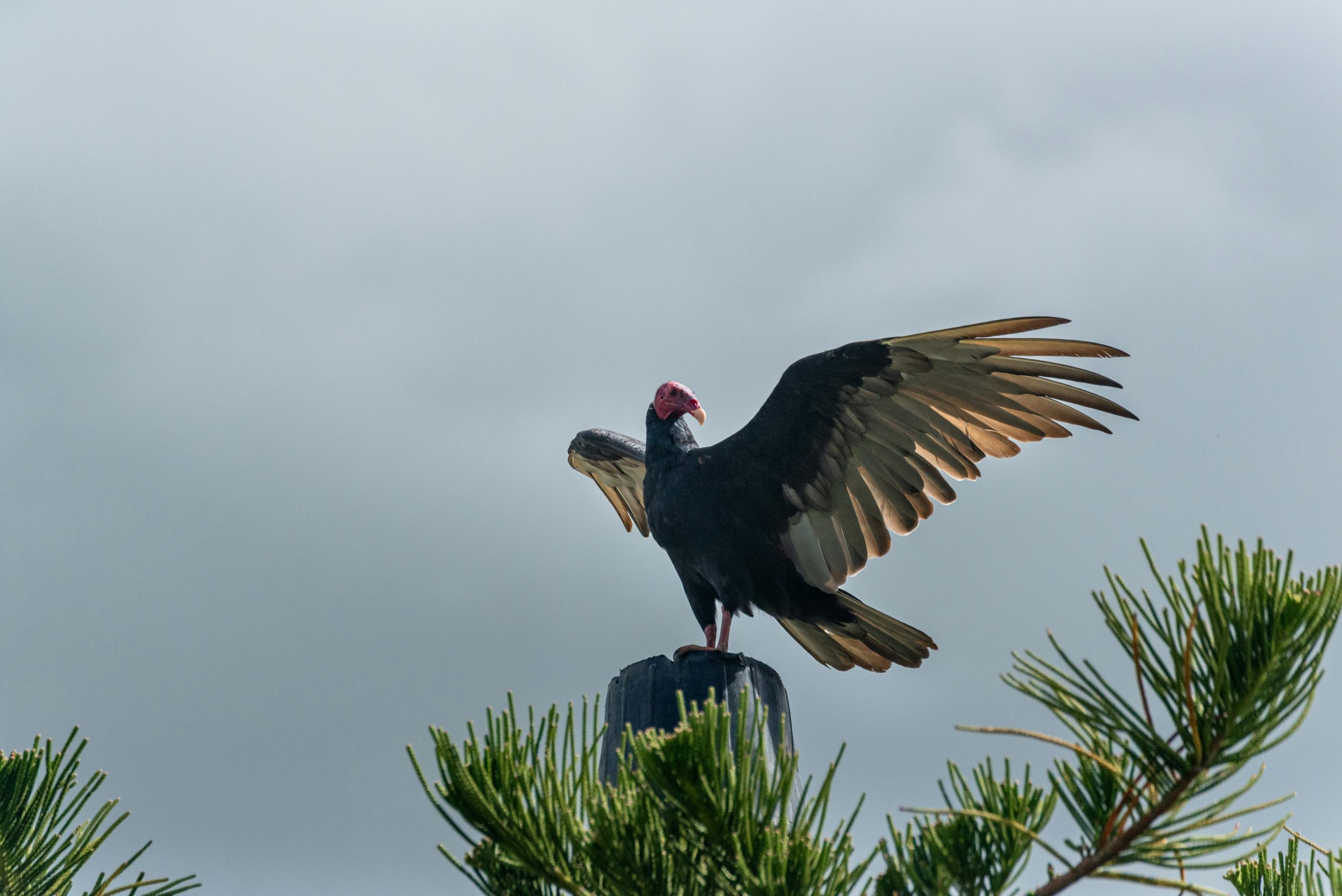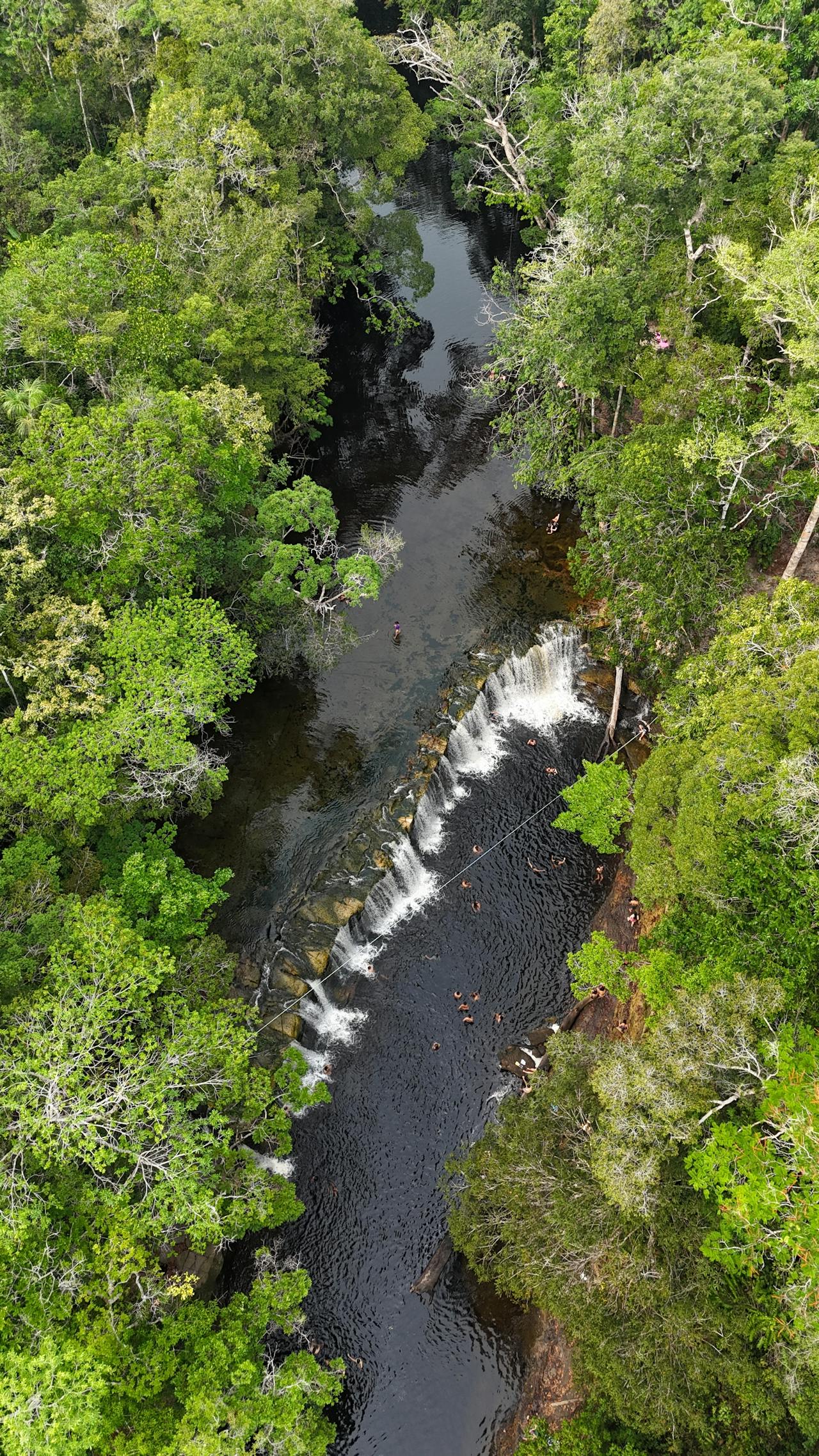Gene flow tends to have a homogenising effect on a species’ background genetic variation over large geographical areas. However, it is usually unknown to what extent the genetic structure of populations is influenced by gene exchange between core and peripheral populations that may represent stands of different evolutionary and demographic history. In this study, we looked at the patterns of population differentiation in Scots pine—a highly outcrossing and wind pollinated conifer species that forms large ecosystems of great ecological and economic importance in Europe and Asia. A set of 13 polymorphic nuclear microsatellite loci was analysed to infer the genetic relationships among 24 populations (676 individuals) from Europe and Asia Minor. The study included specimens from the primary continuous range and from isolated, marginal stands that are considered to be autochthonous populations representative of the species’ putative refugial areas. Despite their presumably different histories, a similar level of genetic variation and no evidence of a population bottleneck was found across the populations. Differentiation among populations was relatively low (average FST = 0.035); however, the population structure was not homogenous, which was clearly evident from the allelic frequency spectra and Bayesian assignment analysis. Significant differentiation over short geographical distances was observed between isolated populations within the Iberian and Anatolian Peninsulas (Asia Minor), which contrasted with the absence of genetic differentiation observed between distant populations e.g., between central and northern Europe. The analysed populations were assigned to several groups that corresponded to the geographical regions of their occurrence. These results will be useful in genetics studies in Scots pine that aim to link nucleotide and phenotypic variation across the species distribution range and for development of sustainable breeding and management programs.
Contrasting patterns of genetic variation in core and peripheral populations of highly out crossing and wind pollinated forest tree species
Year: 2016

































































































































































































































































































































































































































































































































































































































































































































































































































































































































































































































